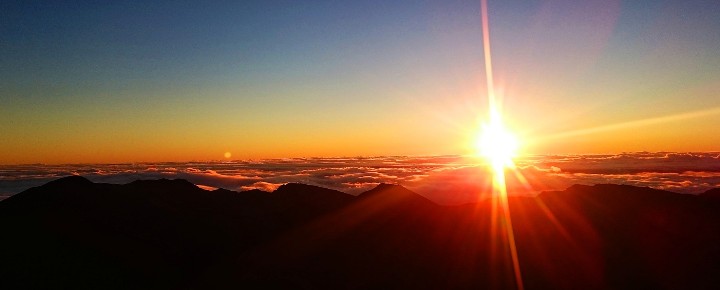As we get into February and the anticipation of spring looms, Hawaii’s beautiful sunsets are moving closer to 7 pm. The forthcoming daylight saving time of 2024, starting March 10 will prompt both an all too familiar ritual and significant outcry advocating for an end to the twice every year time change. But it won’t alter what Hawaii does in any way.


The Sunshine Bill to make Daylight Savings permanent in 2023 was read twice and referred to a Senate committee. It hit a brick wall in the US House and landed in a subcommittee. The Bill reflects a broader negative feeling against the annual dance. A 2022 poll revealed that a mere 35% of Americans would like to retain the semi-annual process.
Now, the naysayers have more support, including from Harvard Health medical professionals. Critics contend that the practice contributes to adverse health effects, including fatigue. Despite such concerns, at least this year, it will march ahead.


Hawaii has danced to its own beat for a half-century.
When DST starts on the mainland, here in Hawaii, we have to remind everyone to add an extra hour in their time zone between us for Zoom meetings, phone calls, and calendar scheduling.
While most states in the U.S. still transition to and from Daylight Saving Time (DST), Hawaii remains an exception, having opted out 57 years ago. The decision dates back to 1967 when Hawaii officially chose not to observe DST under the Uniform Time Act.
A brief experiment with DST occurred in 1933, lasting only three weeks before being revoked. During World War II, it resurfaced as Hawaiian War Time.
The primary reason for Hawaii’s exclusion from DST lies in its minimal variation in sunrise and sunset times throughout the year, given its southern location near the equator. Unlike regions further north, where DST optimizes available natural light, Hawaii’s unique geography diminishes such advantages.
Other U.S. locations and territories, including Arizona, American Samoa, Guam, the Northern Mariana Islands, Puerto Rico, and the U.S. Virgin Islands, share a similar latitude-based exemption from DST.
The plan has roots dating back to World War I.
The ongoing debate about the utility of DST remains rooted in the historical context of energy conservation during World War I. But now, it has prompted the most active discussions ever about its impact on health, well-being, and productivity.
We sense something is about to change. Please share your thoughts.
Get Breaking Hawaii Travel News







vote yes for DST .. I love enjoying longer days and wish they would just choose this and be done with it. Most of my friends and relatives that like Standard, do not even know there is a sunny day. They are not outdoor people. I love that Hawaii has DST> Yaaaay!
I lived on Oahu for 25 years and saw with dismay what tourists were doing to the islands. I don’t think that tour busses should have access to all roads; like Lanikai.
Also, Hanauma Bay has totally changed with the influx of tourists.
I could go on, but Hawaii should be preserved as much as possible to keep the native lifestyle. Aloha nui loa. ChristineG
DST/STD. We have a very large percentage of population who want to get rid of the twice yearly time change in British Columbia however we’re still waiting for Washington, Oregon and California to come on board as they are the same longitude. I will be glad to see the twice yearly time change go.
Why is the greed for money pushing all of the local residents into either homelessness or causing them to leave the islands? They can no longer afford to live.
We live in Arizona and love not having a time change. There’s no reason for it to continue elsewhere, but it’s like a lot of things in our country that a majority of people want to see changed and it just never happens.
DST or Standard, I don’t care (as a Californian, I have to endure both). Pick one and stick with it.
would be Soo wonderful to have less of a time change going back and forth to the mainland!! Sure hope they can change it on the mainland to have No More springing ahead and falling back!!
As someone living in the northern part of the USA, I would much rather it stay on DST year-round versus Standard Time. Sunset at 4:30pm during the most depressing and dreariest part of the year kind of sucks. It’s dark when we goto work in the morning and dark when we drive home.
I agree. Living in Interior Alaska, I dread the change to Standard Time every November.
Ditto!
Used to go in late October before Covid & all the new issues. It would get dark around 5 pm or slightly after & daylight hours were lost because of their time policy.
The time change happens with a four-month interval between standard time and DST. It isn’t an “every six-month time change” as stated in the article. DST ended on Nov 5, 2023 and starts on Mar 10, 2024. The mainland US (except for Arizona) spends 8 months of the year in DST.
Every 6 months or 4 months/8 months, it doesn’t really matter. The point is that the majority of Americans don’t like it or want it.